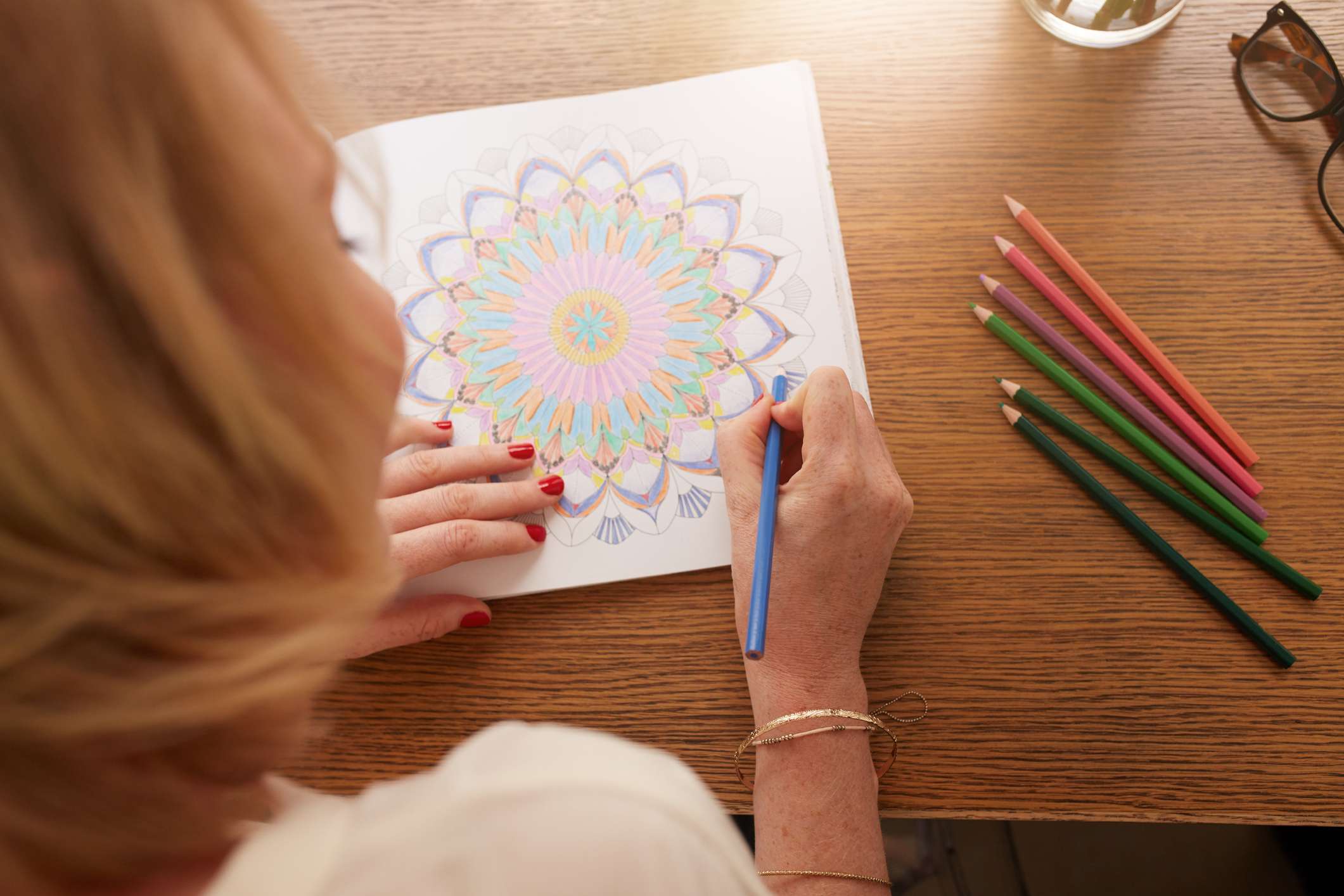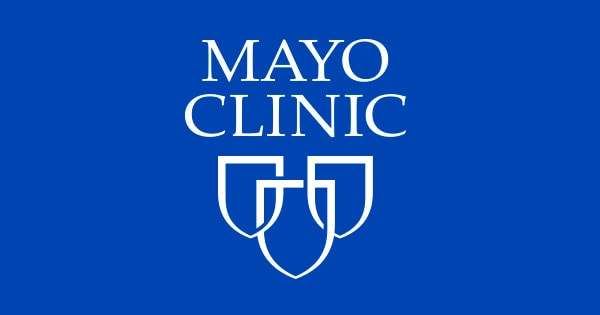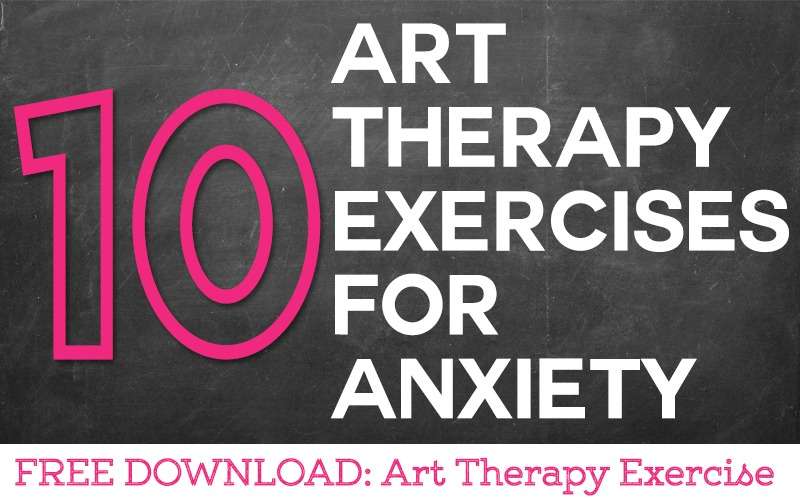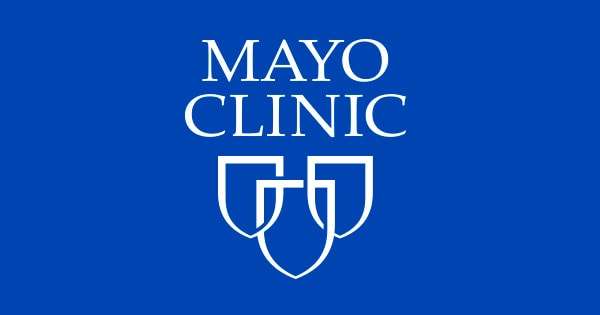What is Art Therapy?
The American Art Therapy Association (AATA) defines art therapy as an integrative mental health practice that combines theories of human development and psychology with visual arts to help clients improve psychological health, cognitive abilities, and sensory-motor functions. It combines talk therapy with the creative process, thus pairing verbal and nonverbal expression for better overall results.
During art therapy, patients create works of art — a process that helps them work through emotions, resolve conflicts, develop interpersonal skills, manage behavior, reduce stress, increase self-esteem/awareness, and achieve insight. This form of alternative treatment is based on the premise that art helps express emotions – anxiety, depression, or anger – that are sometimes difficult to express in words.
How Does Art Therapy Work?
Art therapy was first used in the 1940s, but only in the last 20 years have advances in neuroscience allowed clinicians to understand this: Each time a patient put a brush to paper, she is engaging in problem solving and decision making, which stimulates neuropathways and activates different parts of the brain.
Specifically, sensory and kinesthetic experiences that involve touch, movement, visuals, and sound activate the cerebellum, a primitive part of the brain. Working with wet clay, for example, uses gross motor skills and accesses the cerebellum, which can release tension and awaken the senses.
Activities like painting activate the midbrain and the limbic system, where emotional regulation takes place. Paint is a fluid material, which can be more difficult to control – like emotions – and can be satisfying to manipulate with a paintbrush or the hands. Painting builds the ability to control gross motor skills and feelings.
The cerebrum is the highest functioning part of the brain, where reasoning, executive functioning, and complex memory live – its areas of expertise are cognition and symbolism. Activities like drawing with pencil or charcoal and collages stimulate the creative process and planning center here.
Who is Art Therapy for?
Art therapy can benefit anyone of any age, with no technical skills required. The benefit is in the practice of making art, not the appeal of the final piece. Art therapists emphasize the effort over the outcome.
“As an art therapist,” says Stacey Nelson, LCPC, LCPAT, ATR-BC, “I’m more interested in the process over the product. I’m more likely to comment on positive behavior than how the work looks.”
Children tend to be less self-conscious than adults when invited to make art, but art therapy can still benefit older tweens, teens, and adults who are motivated to create.
Art therapy helps some children (and adults) who communicate their thoughts more easily though visual images and art making – and who are more comfortable with pictures than they are with words. “Art can be a safe way to express things that are emotionally charged,” Nelson says. It is also used with children who express intense emotions while making art. Parents who find a child’s artwork disturbing or worrisome often seek out an art therapist for help decoding an upsetting drawing or collage.
Art therapy can be especially effective for active, busy children with ADHD, as it keeps their hands moving and triggers an acute mental and emotional focus not always seen in talk therapy.
How Much Does Art Therapy Cost?
Each art therapy session can cost from $45 to $200, depending on the session length, location, and clinician.
Some schools offer art therapy sessions as part of an Individualized Education Program (IEP) at no cost to parents.
Who Can Administer Art Therapy?
Art therapists take courses on psychological theory and art techniques. The minimum education is a Master’s degree, but many art therapists have even higher education.
When choosing an art therapist, the following credentials signal appropriate training:
- ATR: Indicates the professional has met training standards to register with the national art therapy credentialing board
- ATR-BC: Indicates the professional has passed the national art therapy board certification test
- State Licensure-LCPAT: Indicates the professional has a license with the state (only required in some states)
The AATA directory at arttherapy.org is the best place to find a local therapist and links to state chapter websites.
Art therapists may work in a school context, as an IEP service, or in a private practice.
How Can Art Therapy Help a Child with ADHD?
Art projects typically involve a series of ordered steps that work to scaffold the learning process. Following them in order can help build controlled attention and attention-sequencing skills for children with ADHD. For example, the child uses focus to select a project or material. Then, the child uses working memory to recall completed steps, and engages selective attention to ignore distractions – like a dog barking outside – while working on the art project.
Artists regularly practice problem solving and frustration tolerance, as art often doesn’t manifest exactly as planned. Children with ADHD build mental flexibility by problem-solving any obstacles they encounter while making art – like coloring outside a line, or gluing a piece in the wrong spot.
Making art creates natural moments to express thoughts and feelings in an environment that is often less threatening than talk therapy. Some emotions are difficult to discuss, but can be expressed effectively in a drawing or painting.
Making art gives children the opportunity to explain what they made to a parent, teacher, or classmate. It creates natural moments for positive social interactions, like sharing materials, sharing space, making compliments, or even making suggestions. It can be easier for children to talk about artwork than themselves.
Each project contributes to a visual record of progress from one session to the next and reviewing finished artwork can strengthen long-term memory. In addition, a completed piece of art can inspire pride and positive self-esteem.
View Article Sources
By Zahavit Paz
For people with learning disabilities, ADHD info and autism, art therapy offers an opportunity for self expression. Art can be a way to communicate for people who find it hard to express their thoughts and feelings verbally. Art therapy in schools offers a creative (and enjoyable) way to communicate without restrictions, without worries of being judged as there is no such thing as failing when you create art. This process gives them a sense of accomplishment and builds their self-confidence.
Creative processes require problem-solving — an important skill they can improve on, as they often suffer from symptoms of executive function disorder.
Children with ADHD and types of learning disabilities, learning differences often have intense emotions. Some suffer from poor social skills and/or low self-esteem as well. Art therapy is a tool that provides a non-verbal approach to communication and expressing emotions.
The brain is stimulated by creating art, and produces higher levels of dopamine. This is especially important for Attention Deficit Hyperactivity Disorder ADHD as increased dopamine levels improve concentration. Expressing creativity through art also elevates serotonin and reduces stress levels. Used therapeutically, art-making can also improve the symptoms of executive function in children and adults with ADHD, adhd tips and the motor skills of specific children with learning disabilities, dyslexic children.
In a variety of ways, this therapy can be highly beneficial in addressing the daily challenges they face.
Additional Resources: Art Therapy
Further Reading: Art therapy for children and adults with learning disabilities
Art Therapy in Schools
For many years, art has been widely used in schools’ curriculums. Art provides a way to express oneself, a voice to communicate without limitation.
It gives a voice to children with language limitations and it provides an excellent way to express their feelings. Art can help improve self-esteem, self-awareness and self-expression. It engages their mind, body, spirit, and can lead to self-discovery of their emotions.
Art has been used to augment teaching in a variety of areas. For instance, Dr. Merryl Goldberg has created guidelines for using art-making as a way to help visual learners who suffer from reading disabilities.
 Photo by GoaShape on Unsplash
Photo by GoaShape on Unsplash
The Healing Power of Art
Art therapy is based on the theory that creative expressions can foster healing and emotional well-being. It lets individuals communicate their personal experiences. It has been proven that creativity allows people to discover their self-identity.
It enhances one’s ability to self-heal and attain a sense of calmness. The artist is able to express their inner experiences in a creative, perhaps even beautiful way. As Pablo Picasso once said, “Colors, like features, follow the changes of the emotions.”
And there’s a vast array of media one can use to express oneself via art — coloring, sketching, they are all in references painting, sculpting, or creating collages are just a few of them.
According to Catherine Moon in her book Materials & Media, “In art making, materials and media are the intermediaries between private ideas, thoughts and feelings, and their external manifestation in a tangible, sensual form. Thus, materials provide the core components of the exchange that occurs between art therapists and clients.”
Most Dyslexic, ADHD and child with a learning disorders, learning disabled individuals are visual learners and have the potential for artistic expression.
Further Reading: Does ADHD Enhance Creative Abilities?
Learning Disabilities and Art
Exploring your artistic talents can be fun and can launch a new beginning that you might never have ever imagined!
The best advice I have for anyone with a learning disability, dyslexia or ADHD is not to hide, isolate yourself, or put up brick walls. These walls, although they will protect you in the short run, will keep you from growing, healing and advancing in your life. Take a risk, go for what you want and don’t pay attention to the judgments and the limitations of that might be placed on you by others.
Video: Art Lessons for Children with Disabilities: Developmental Disabilities.
The Positive Role of Art Therapy
Art, especially for people with autism and specific learning disability, learning problems, learning disabilities, offers alternative ways to communicate when words are limited. Working with art therapists also can help them with social issues. It gives them an alternative pathway. We have seen spectacular works by non-verbal autistics.
Link: Expressive Arts Therapy
learning disability that the positive role of the arts and arts-based teaching and learning, enhances self-esteem and builds self-confidence on an individual level for each artist. Participating in the arts is a helpful way of coping with the negative aspects of living with a disability and the stigma associated with disabilities.
Historically, those who spend most of their lives with an invisible disability have been underestimated, pitied and unable to accomplish as much as their peers. To equal the playing field, we believe in the power of art.
It is critical to provide opportunities to excel, to give confidence, to overshadow the disability.
VIDEO: Julia Brown has drawn on her experiences with learning disabilities to highlight the benefits of art
Art-based Techniques for Teaching Students
“I am enough of an artist to draw freely upon my imagination. Imagination is more important than knowledge. Knowledge is limited. Imagination encircles the world.”
— Albert Einstein
- Arts education is a key to creativity
- Creativity is an essential component of innovation
- Innovation is necessary to create new industries in the future
- New industries, with their jobs, are the basis of our future economic well-being
Summary
“Art washes from the soul the dust of everyday life” — Pablo Picasso
Art can help to heal people with disabilities by improving their mental health. It can even improve physical health by alleviating stress anxiety.
Link: General Anxiety Disorder and How It Impacts Dyslexia, ADHD and Other Learning Disabilities.
Video: Art therapy helps stress management
Sources
UK art therapy practice-based guidelines for children and adults with learning disabilities
Journal International Journal of Art Therapy
Volume 22, 2017 – Issue 2: Learning Disability Special Edition
Arts Integration: Teaching Subject Matter through the Arts in Multicultural Settings by Merryl Goldberg
Art Therapy Interventions that Facilitate Non- Verbal Expressions and how Art Therapy Can Improve Communication for Children with Autism 2018 research
What are the health benefits of being creative?
Lead art: Photo by Bruce Mars on Unsplash
 Zahavit Paz is a co-founder of LD Resources Foundation. She’s a graduate of CUNY Graduate disabilities study program. She is often a presenter on Assistive Technology at professional conferences in schools and colleges and has written extensively on her personal struggle with Dyslexia and ADHD. She is an advocate for individuals with LD and provides resources and information through the LDRFA website. More info about Zahavit Paz.
Zahavit Paz is a co-founder of LD Resources Foundation. She’s a graduate of CUNY Graduate disabilities study program. She is often a presenter on Assistive Technology at professional conferences in schools and colleges and has written extensively on her personal struggle with Dyslexia and ADHD. She is an advocate for individuals with LD and provides resources and information through the LDRFA website. More info about Zahavit Paz.



